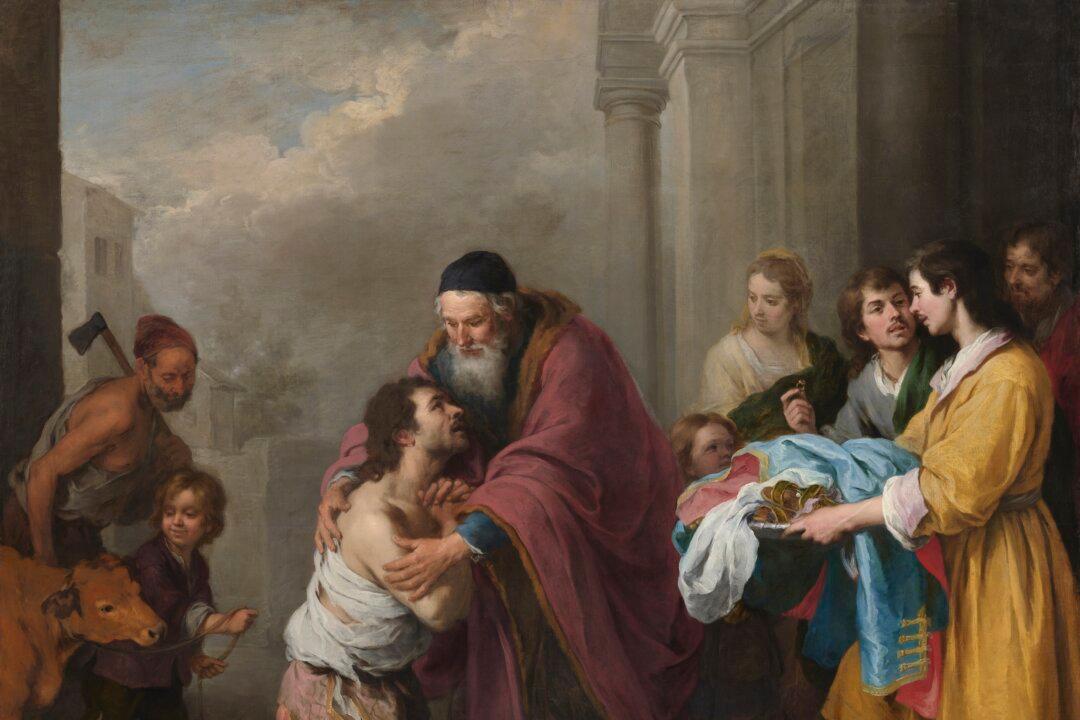The Prodigal Son parable is a redemptive story about one person’s struggle to resist sin and become a good man. It’s a universal tale that anyone aspiring to goodness and godliness can relate to—wherein sin, repentance, and forgiveness all play a part in our becoming better versions of ourselves.
As a testament to the parable’s enduring appeal, it’s the most illustrated biblical parable in art history. Unsurprisingly then, celebrated baroque artist Bartolomé Esteban Murillo painted a series on the subject, which soon will be shown in the United States for the first time.






